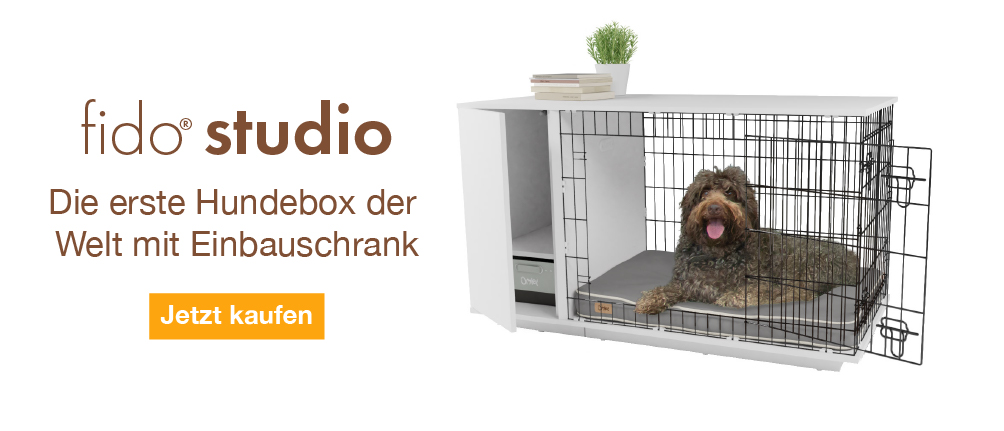Deerhound (auch Schottischer Hirschhund)







Geschichte
The Deerhound has been around since the Middle Ages and originates from Scotland where it was used to hunt deer. It was only kept by nobility and nobody who ranked lower than an Earl could keep one. By the 1800's hunting with guns became more popular and the breed declined to low numbers. A Deerhound club was formed in the 1860's and numbers began to rise slowly, but with World War I, the number dwindled again. Nowadays, the numbers are still quite low, but the quality is very high.
Verhalten
The Scottish Deerhound is a giant softie at heart. They are loving, devoted and an easygoing breed that thrives being around people. They are well suited to family life and excellent with children, other dogs and cats if brought up with them. They walk with a noble grace and are doting on those around them. They are brave and courageous, but never aggressive towards people. They aren't really barkers and will usually be slightly reserved with strangers. Their Sight Hound ways can kick in with a moments notice if they spot something in the distance and they are fast dogs. Scottish Deerhounds like comfort and will try and sleep on your sofa or bed. They will need very soft bedding to make themselves comfortable and to prevent callouses. When out walking, they have boundless energy and love to run. Best walked in a secure, fenced in area as they can suddenly take off to chase something that you haven't seen. They make good jogging partners and have excellent stamina. Given the chance to play with other dogs excites them and they revert back to puppies. As puppies they are very active, but when they become adults, they turn into couch potatoes. They love to sleep and will spend hours getting comfy to enjoy a well deserved nap, preferably with you next to them. They learn slowly and are sensitive dogs, so praise and food based training works best. Harsh words or actions will do nothing but scare the breed. They have a 'what's in it for me' attitude when it comes to training and owners will need to be very patient. They can sometimes be difficult to housetrain. They are described as the best friend you could have, being sensitive to your moods and wanting to get as close as possible when you are feeling down.
Some can suffer from separation anxiety, so start to leave them for short periods at a time from an early age to prevent problems when they are older. The welcome home you will receive will be like you've been away for weeks, if they can be bothered to get off the sofa. Brushing twice a week keeps the coat looking neat and scissoring around the face and ears will keep the face neat and tidy. Health wise, the breed is known for Gastric Torsion (Bloat), Cardiomyopathy and a sensitivity to Anaesthesia.
Charakter
Scottish Deerhounds have a mellow and chilled out temperament. Once mature they enjoy nothing more than to snore on the floor (as long as it is lovely and soft or they will be on the sofas). They are a docile breed who don't really mind who they meet or where they go. Very happy to be relaxing but also love to gallop across open areas where you can really see their athleticism come into play.
Gesundheitliche Probleme
Health problems that may affect Scottish Deerhounds include heart disease, bone cancer, bloat, allergies and inflammatory brain disease.
Einzelheiten zur Rasse
- Status: Common
- Lebenserwartung: 8 - 10 years
- Gewicht: 40 - 50 kg
- Höhe: 28 - 32"
- Selten: Nein
- Fell: Mittel
- Pflegeanforderungen: Mehr als einmal pro Woche
- Stadt oder Land: Land
- Mindestanforderungen an Umgebung: Großes Haus
- Mindestanforderungen an Garten: Großer Garten
- Rassetyp: Laufhund
- Größe: Giant
- Energieniveau: Mittel
- Benötigte Bewegung: Mehr als zwei Stunden











